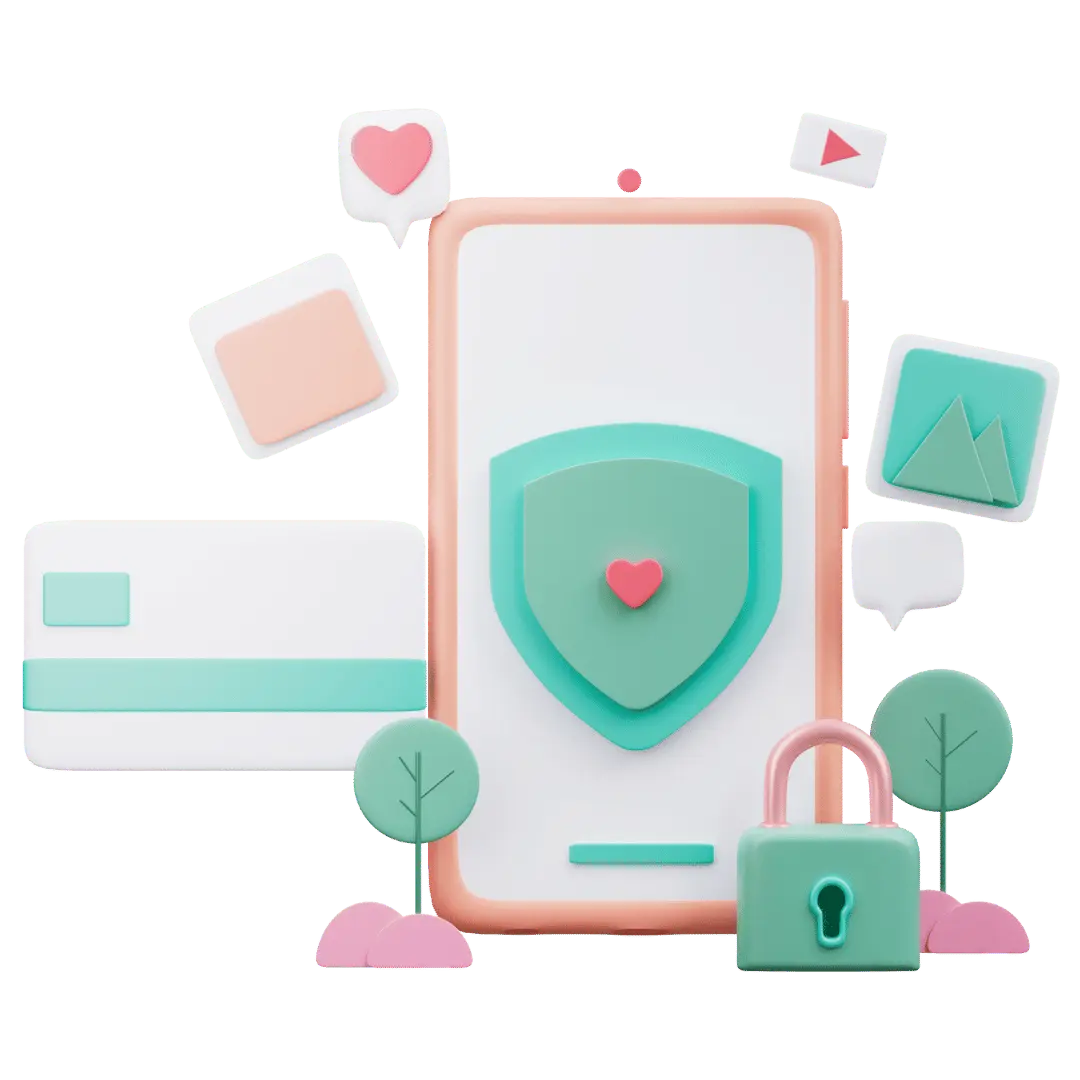Recognising OWASP Mobile Top 10: Giving Security for Mobile Apps First Priority

From banking to social networking, smartphone apps have evolved into essential part of our everyday life in the digital terrain of today. But depending more on mobile applications also increases the possibility of security flaws. Established by the Open Web Application Security Project (OWASP), the OWASP Mobile Top 10 is a thorough catalogue emphasising the most important security concerns confronting mobile apps. This article explores the relevance of the owasp mobile top 10, lists main security vulnerabilities, and offers developers practical advice to improve application security.
Overview of OWASP Mobile Top 10 and Its Relevance
For companies and developers trying to protect their mobile apps, the OWASP Mobile Top 10 is an indispensable tool. Published on a regular basis, this list highlights the most often occurring weaknesses compromising mobile app security. Updated in 2024, the most recent edition shows the changing danger scene and offers a clear structure for comprehending and mitigating these hazards.
The Significance of OWASP Mobile Top 10
The OWASP Mobile Top 10 is significant in that it provides direction on best practices for protecting mobile apps and increases knowledge of typical vulnerabilities. Giving these concerns top priority will help developers put in place sensible security policies throughout the building process, therefore safeguarding user information and preserving confidence.
Important Security Risks Expressed in the Mobile Top 10 OWASP
Ten important flaws that developers have to fix if they want strong application security are included in the OWASP Mobile Top 10. These comprise:
1. Correct Use of Credentials
This danger emphasises how poorly user credentials—such as weak passwords or unsafe storage techniques—are handled. Strong authentication systems and user education on building safe passwords are obligations of developers.
2. Insufficient Chain of Custody Security
Since many mobile apps depend on outside libraries and services, poor supply chain security might create flaws. To help to reduce vulnerabilities, developers should routinely update any outside third-party components and evaluate their security posture.
3. Authorisation and Insecure Verification
Errors in authorisation and authentication procedures might provide illegal access to private information. Strong session management techniques and multi-factor authentication (MFA) will assist to guard these systems.
4. Insufficient Validation of Input/Output
Ignoring user input runs the danger of data corruption and injection attacks. Strict validation policies for every input and output should be followed by developers to guarantee data integrity.
5. Inaccurate Transmission
Inappropriate security of data sent between mobile apps and servers allows one to intercept it. Protecting communication channels depends critically on using certificate pinning and HTTPS encryption techniques.
6. Insufficient Personal Protection Measures
Applications have to manage user information responsibly to guarantee GDPR compliance with regard for privacy rules. Features letting consumers choose their data sharing options should be included by developers.
7. Inadequate Binary Protection
Reverse-engineered or modified with by attackers, insecure binaries are Using integrity tests and code obfuscation methods helps guard application binaries against illegal changes.
8. Configuration of Security
Inappropriate settings may expose programs to several kinds of risk. Reducing this risk mostly depends on routinely evaluating configuration settings and following security best practices throughout deployment.
9. Unsecured Data Storage
Inappropriate access or data breaches may result from insecurely storing private information. To protect private data, developers should use safe storage systems like encrypted databases.
10. Too Little Cryptography
Inappropriate or weakly used cryptography techniques may jeopardise data security. Developers have to follow best practices for key management and apply high levels of encryption.
How Might Developers Fix These Weaknesses?
Dealing with the weaknesses shown in the OWASP Mobile Top 10 calls for a proactive attitude all through the software development life (SDLC). Using safe coding techniques, frequent code reviews, and automated security testing tools can help developers give security top priority throughout every stage of development.
Encouraging a Culture of Security
Fostering a culture of security awareness within teams depends on teaching developers safe coding methods. Understanding typical vulnerabilities and how to minimise them can help engineers create more secure code right away.
Integrating Security Testing
Including security testing into the CI/CD flow also helps teams find flaws early in the development process. By scanning code for known faults, automated techniques let developers fix bugs before they even go live.
Value of Remaining Current with OWASP Guidelines
The field of cybersecurity is always changing, hence developers and companies must keep updated on the most recent OWASP principles and standards. Reviewing revisions to the OWASP Mobile Top 10 on a regular basis guarantees that teams know of new hazards and best ways to avoid them.
Staying Informed and Engaged
Maintaining current also means attending conferences, participating in community debates, and using OWASP’s tools. Through active participation in the cybersecurity community, developers may learn about fresh trends and approaches meant to improve mobile application security.
Real-World Illustrations of Mobile Application Security
Adopting sensible security policies calls for real-world case studies showing how developers could protect their mobile apps from vulnerabilities:
1. Put Strong Authentication into Use
During user login procedures, offer even more protection using multi-factor authentication (MFA). This guarantees that illegal access is still stopped even in cases of credential compromise.
2. Create Encrypted Sensitive Data
Strong encryption techniques like AES-256 should always secure sensitive data both at rest and in motion. This protects user data from access by illegal parties or interception.
3. Perform Frequent Security Inspections
Review your mobile application often for security flaws that could have surfaced after its launch. Third-party security consultants may provide a frank evaluation of the security posture of your application.
4. Make Use of Safe APIs
Make sure any APIs your mobile application uses follow safe coding standards and guard against typical vulnerabilities include SQL injection or cross-site scripting (XSS).
5. Teach Consumers Security Best Practices
Give consumers direction on building secure passwords, spotting phishing efforts, and knowing privacy settings on your app. Encouragement of users assists to produce a generally more safe surroundings.
Conclusion
Given the explosion of mobile apps in many different fields, security from Appsealiing must be given top priority if sensitive user data is to be kept trust-worthy. Essential for spotting important flaws developers have to fix all through the application life is the OWASP Mobile Top 10.
Understanding these hazards, putting good mitigating techniques into use, keeping current with OWASP standards, and learning from real-world events can help developers greatly improve the security posture of their mobile application. In a world where cyber dangers are always there and connectivity is growing, proactive security of mobile apps is not only wise but also necessary for long-term success in the digital scene of today!











